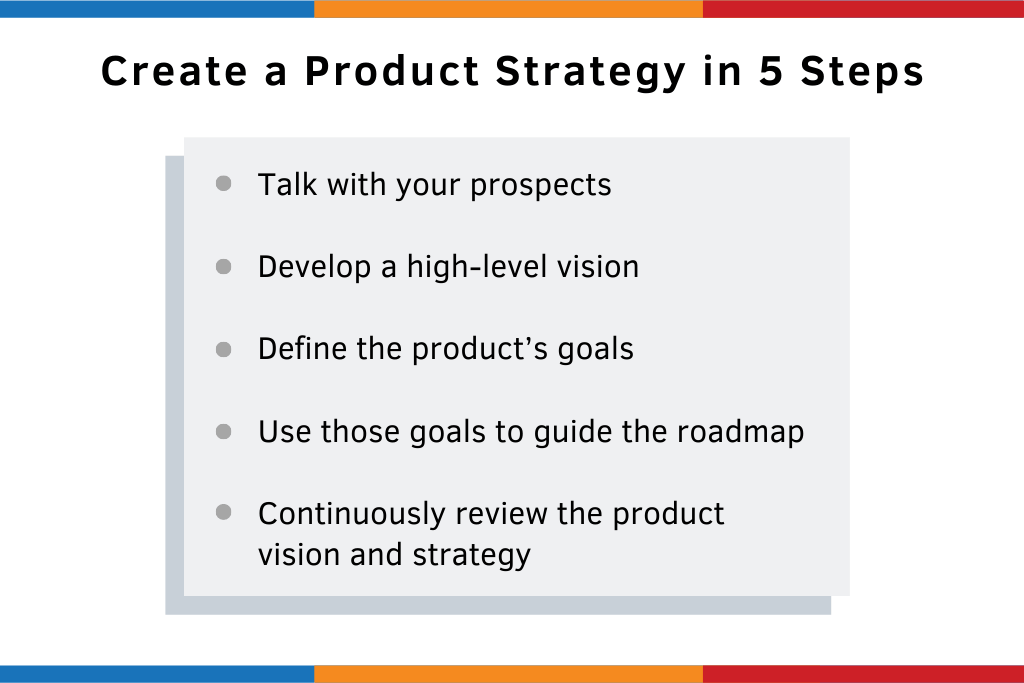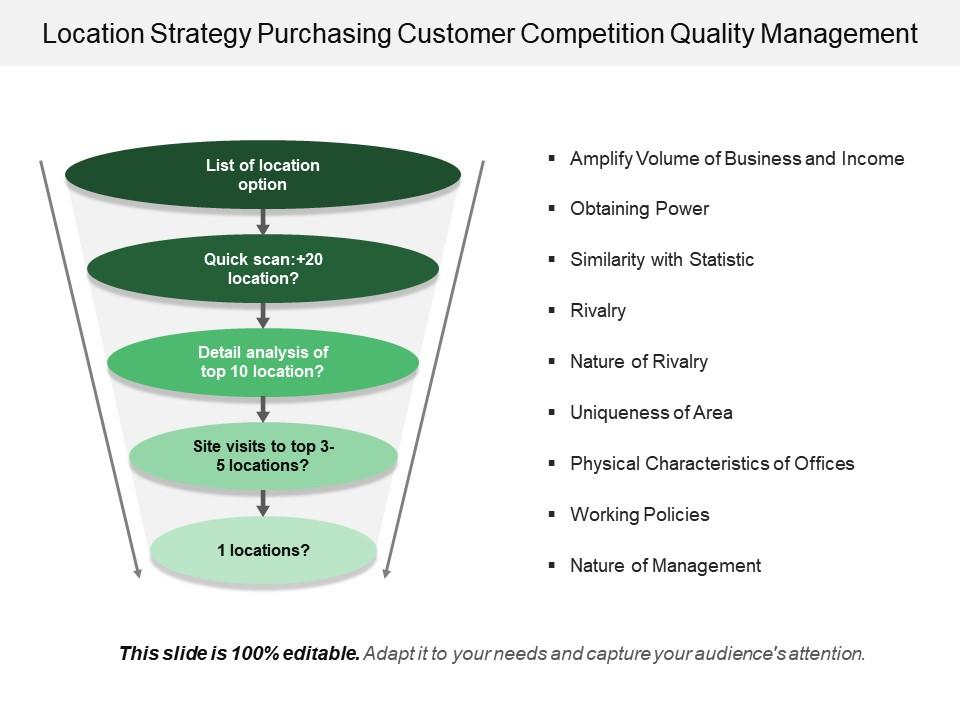What Is Marketing? Everything You Need To Know

Do you remember that ‘ting-tong’ in the street when the gol gappe bhaiya entered? And how it used to get the children, the adults excited and even the elderly who were fond of this great Indian snack. Well, this is also a good example of what simple, age-old, marketing looked like.
What is marketing?
You see, marketing is essentially providing a unique, engaging buying experience to your target audience again and again until you have built a sense of familiarity or brand identity among them. Consider the example we shared above. Keeping the first example in mind, marketing for that gol-gappe bhaiya is all about roaming in and around places where his target audience stays, having unique delicious, distinctive flavours that make him stand out from the rest, providing a good customer experience, maintaining good business habits such as hygiene or even having a distinctive looking food-cart.
You can say marketing is more about how you make your target audience “feel.”
In the concept of marketing, one aspect is to perform business and the other aspect is to deliver the message of your business being in function. Marketing in simple words is making your brand presence felt in a distinctive manner so that you stand out from your competition and leave a long-lasting impression on your target audience’s mind.
“Marketing takes a day to learn. Unfortunately it takes a lifetime to master.”
Philip Kotler
Now we know that the human mind is an interesting thing. Marketing revolves around capturing the human mind’s attention at a particular moment’. Therefore, the means of marketing should always be creative, innovative, and undoubtedly unique. Marketing is the fuel for running a successful business when done with the right planning.
Marketing vs Advertising – What’s the Difference?
It is important to have a line of distinction between advertising and marketing. At times, people confuse advertising with marketing. Although both of these terms may be used interchangeably in the end they share a different meaning. Advertising is a part of marketing that involves the promotion of the product. Advertising helps in making the product or service known to people.
Some advertising activities can be –
- Displaying paid ads
- Organizing a social media campaign
- Displaying brand billboards
- Android ads
- In-store promotion
- Outdoor or Out-of-Home (OOH) advertising
Advertising involves pitching the idea and communicating it with the stakeholders. Whereas marketing analyzes the current trend and focuses on customer relationship management(CRM). Marketing works in different steps of product development, customer acquisition, customer retention, market research, branding, and a lot more.
Whereas advertising helps to –
- Attract the present buyers present in the surrounding towards the product the brand is selling
- Giving a reminder to customers in different ways about the existence of the brand
- Convincing and influencing customers to purchase the product by highlighting the USPs of the product
- Creating a brand image that involves both trust and strength.
- Motivating the existing customers to buy again and again
The success rate of advertising is measured by the number of leads that get converted into sales. This means the ratio of the total number of customers approached the total number of customers who made the purchase of the product or service. It is measured by customer engagement.
On the other hand, marketing lays its focus on the overall Customer Satisfaction and Customer Lifetime Value.
Thus, advertising helps in reaching the goals set up during the marketing process.
Four Ps of Marketing that facilitates businesses to function
The marketing mix comprises four Ps. This includes Product, price, promotion, and place.
1. Product
Product is the most fundamental core strength of the business. It is what you’re offering to your customers in return for the purchase they choose to make. A product can be anything, virtual or physical, service or an item.
Example of a virtual product: Virtual products refer to digital products that cannot be “touched” such as digital e-books, pdfs, documents, digital prints, downloadables, and phone applications.
Example of physical products: Physical products refer to products that can be “touched” that are physical such as industrial goods, FMCG products like fruit juices, chocolates
“Business is not financial science, it’s about trading, buying and selling. It’s about creating a product or service so good that people will pay for it.”
Anta Roddick

2. Price
Price has a lot to do with how well your product will perform. Price is the amount a customer pays to buy the product. The price of a product should be set considering various factors. On one hand, it should cover the costs of manufacturing, packing, shipping, and transportation.
On the other hand, it should also provide value to the customers. Remember, a customer seeks a product that is available in the best quality at the lowest price. Also, giving discounts on products also aids in raising the demand for the product.
“The art of marketing is the art of brand building. If you are not a brand, you are a commodity. Then price is everything and the low-cost producer is the only winner.”
Philip Kotler

3. Promotion
Promotion plays an important role in growing a business as it helps people discover your products or services. Another important role of marketing is building a brand among people’s minds. We are sure you must have heard of this word called, “brand.”
But, what is a brand?
A brand is essentially a set of experiences or emotions you make your target audience feel. It is the perception of who you are that they have in mind.
It is what they think of you as a brand or business.
This is where promotional activities come in. Through promotion or advertising, you put your business out there for the world to see and build familiarity among your target audience. A well-known brand is often well-trusted by consumers. Hence, promotion in marketing plays a very important role in growing a business.
“You can’t sell anything if you can’t tell anything”
Beth Comstock

4. Place
Place refers to the overall accessibility of the product. This means the geographical boundary within which the product is available. It involves where to store the product and where to sell the product. It can also mean the placement of the product inside a store or for digital products, it could mean the online portal or website Location, especially in businesses based on physical products plays an important role as it is what facilitates the business to function.
The location demographics, rent, real estate cost, distribution, and ease of transportation, there are many things to consider when deciding the location of a business.
“Something like 80 percent of business decisions have a location element. In fact, it’s probably higher than that.”
Jack Dangermond

Offline Marketing vs Online Marketing Marketing Purpose
Offline Marketing
As the name suggests offline marketing refers to the marketing that is done physically or in an offline manner. This also includes OOH(out-of-home advertising). With upcoming higher technological advancements, OOH advertising is becoming more and more engaging. From 3D digital DOOH screens to 3D hoardings and billboards, OOH advertising or offline marketing is a proven tactic to catch your target audience’s attention. Also since this type of advertising interacts with a consumer in the real world, it is proven to be more long-lasting than online display ads.
Examples of offline marketing: BTL activities, sampling, event promotions, transit media branding, residential branding, experiential marketing, paper cup branding, balloon branding, and a lot more.
Read our guide on reaching your target audience offline
Online Marketing
Any type of marketing that is done through the internet is classified as online marketing. Online marketing is all about using an online platform to gather the attention of the people. For example, you create a website for your brand and post engaging blogs that people read. In this way, people will visit your website often and stay connected to your brand. This is an example of content marketing.
Examples of online marketing: Content marketing, Search Engine Optimization (SEO), Search Engine Marketing (SEM), Social media advertising, Cold emailing, Whatsapp marketing, and a lot more
Read our interesting take on SEM vs Facebook marketing, which is best in what case
What is Marketing Management?
Marketing management is about managing the function of marketing. On a wider horizon, it involves the phase of planning, organizing, directing, and controlling the activities which contribute to the exchange of goods and services between producers and consumers. Marketing management largely comprises the analysis of how demand is created. It is more about analyzing and planning the marketing activities, effectively implementing marketing plans, and setting up a control mechanism.
Marketing could help in making the business more organized and well-established. One cannot think of a business without marketing.
We, Ginger Media Group, are an established marketing agency that focuses on a 360 degrees marketing approach. Feel free to reach out to us at +91 990 247 8800. We would love to help you.
